Printing on Mylar bags requires precision and the right kind of printer to ensure durability and clear branding. Mylar, known for its strength and barrier properties, presents a non-porous and slick surface that demands specialized printing solutions. Flexographic, Gravure, and Digital printers excel at producing high-quality prints on Mylar bags. These printers cater to various packaging needs, making them ideal for businesses seeking reliable and efficient packaging solutions.
To effectively print on Mylar bags, you need to select the appropriate printer that can handle the unique characteristics of the material. Inkjet and laser printers offer versatile options, with inkjet printers capable of producing vibrant, high-quality prints. Conversely, thermal transfer printing uses heat to transfer ink from a ribbon onto the Mylar bag, making it suitable for text and simple designs, especially in the food and medical industries.
Choosing the right printing solution for your Mylar bags not only enhances the packaging's durability but also boosts your branding efforts. By investing in the right technology, you ensure clear and professional packaging, making your products stand out in the market.
Understanding Printing on Mylar Bags
Printing on Mylar bags requires specialized equipment and materials to ensure durability, clarity, and strong adhesion. Key areas include materials and properties, types of printers and processes used, and design and customization options for Mylar bags.
Materials and Properties
Mylar, a type of polyester film, is known for its strength and barrier properties. This makes Mylar bags ideal for packaging, providing excellent protection against moisture, air, and light.
The substrate must be properly prepared to achieve good print quality. The ink used must adhere well to the polyester surface to maintain durability and clarity. You will often need specific inks formulated for Mylar to prevent smudging and fading over time.
Types of Printers and Printing Processes
Several types of printers excel in printing on Mylar bags. Flexographic printing is effective for high-volume production and uses flexible plates to transfer ink. Rotogravure printing offers high-quality prints by engraving the image onto a cylinder.
Digital printing, including inkjet and laser printers, is suitable for shorter runs and customization. Digital methods provide vibrant colors and intricate designs without the setup costs associated with traditional methods. Choose your printer based on your production needs and desired design complexity.
Design and Customization
You can customize Mylar bags significantly to enhance branding and appeal. Use design software to create intricate designs and logos. Ensure your design aligns with your printing method to maintain print quality.
Select inks that provide vibrant colors and are compatible with your chosen printer. Pay attention to adhesion properties to ensure your design remains clear and durable. Personalization options allow for unique branding elements and special occasion designs.
Effective design goes beyond aesthetics; it includes functional considerations like textual clarity and readability. Proper design and customization efforts will help your packaging stand out and better serve its purpose in protecting the contents.
Optimizing for Quality and Efficiency
When printing on Mylar bags, achieving both high quality and efficient production is crucial. This section covers key challenges and solutions, compliance issues, and cost management for an optimal printing process.
Challenges and Solutions
Printing on Mylar bags presents several challenges, such as moisture and oxygen barriers, and dealing with the slick, non-porous surfaces of Mylar. Smudging and fading are common issues you might encounter with inferior inks or improper printing techniques.
To mitigate these challenges, flexographic and rotogravure printers are highly recommended. Flexographic printers are known for their ability to handle intricate designs and fine details, ensuring reliable quality. Rotogravure printing, although more complex, guarantees longevity of prints, resistant to environmental factors like moisture and oxygen.
Implementing quality control measures is essential to avoid inconsistencies. Regular monitoring of print outputs helps maintain consistent results. Your choice of ink and substrates must be tested for their compatibility with Mylar to ensure durability.
Compliance and Practical Considerations
Compliance with industry standards is non-negotiable when printing on Mylar bags, especially for food packaging, cannabis, and pharmaceuticals. Regulatory requirements often dictate that your printed materials must be free from toxic substances and safe for contact with food and medicinal products.
Invest in equipment that meets these regulatory standards to avoid non-compliance issues. Environmental factors also play a role in compliance. Ensuring that the printing environment is free from contaminants can further improve the quality and safety of the final product.
Proper labeling and control systems should be established to monitor the printing process continually. Using variable data printers allows real-time adjustments, providing the flexibility required for different product batches.
Cost and Production Management
Cost-effective production is vital for your printing operation's sustainability. Initial setup costs for high-quality flexographic or rotogravure printers can be significant, but the long-term benefits in terms of quality and efficiency often outweigh these costs.
Implementing efficient printing processes can significantly reduce waste and operational downtime. For example, using advanced rollers and impression cylinders can enhance print quality while minimizing substrate waste.
Regular maintenance and upgrading of your printing equipment are necessary for consistent results. Consider the benefits of bulk purchasing of inks and substrates to reduce costs further. Accurate cost management involves balancing quality and efficiency to sustain profitability in the competitive market of packaging printing.


